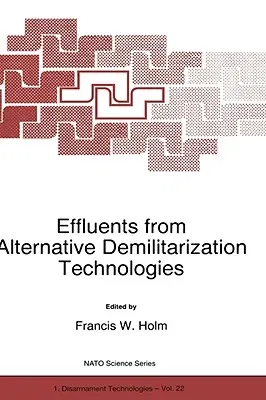Effluents from Alternative Demilitarization Technologies (Softcover Reprint of the Original 1st 1998)Paperback - Softcover Reprint of the Original 1st 1998, 31 August 1998

Qty
1
Turbo
Ships in 2 - 3 days
In Stock
Free Delivery
Cash on Delivery
15 Days
Free Returns
Secure Checkout
Part of Series
NATO Science Partnership Subseries: 1
Part of Series
NATO Science Partnership Sub-Series: 1 (Paperback)
Part of Series
NATO Science Partnership Sub-Series: 1:
Part of Series
NATO Science Partnership Subseries: 1 (Closed)
Print Length
217 pages
Language
English
Publisher
Springer
Date Published
31 Aug 1998
ISBN-10
0792352548
ISBN-13
9780792352549
Description
Product Details
Book Edition:
Softcover Reprint of the Original 1st 1998
Book Format:
Paperback
Country of Origin:
US
Date Published:
31 August 1998
Dimensions:
23.88 x
16.41 x
1.35 cm
ISBN-10:
0792352548
ISBN-13:
9780792352549
Language:
English
Location:
Dordrecht
Pages:
217
Publisher:
Series:
Weight:
371.95 gm

